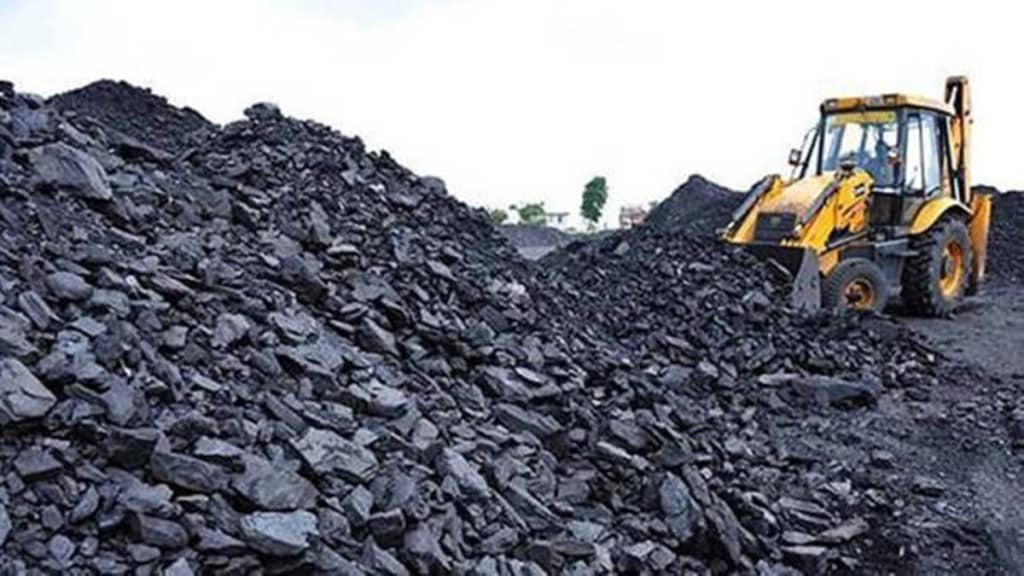Forty-one percent of the mining CEOs polled in the PwC’s 26th Annual Global CEO Survey don’t think their companies will be economically viable in 10 years if they continue on their current path. “Miners can no longer depend on yesterday’s portfolios and practices to create value in this newly dynamic and fiercely competitive landscape,” PwC said in its report — Mine 2023: The era of reinvention.
Given ongoing geopolitical uncertainty, the rapid shift to clean-energy technologies and the importance of these to national security and economic stability, governments around the world have taken swift action to secure critical mineral supply. These minerals play an important role in clean energy transition technologies, such as batteries, electric vehicles, solar and wind generation, and also in national defence, technologies and weaponry.
Also read: Five emerging technologies and skills HVAC professionals in India need to master in 2023
Consumption of critical minerals has increased due to shift to renewable power sources and electric vehicles. This demand for critical minerals like lithium, cobalt, nickel, vanadium and rare earths for clean energy will increase further.
“Given India’s limited reserves of critical minerals, in order to achieve the vision of ‘Atmanirbhar Bharat‘, we will need to increase spend on exploration for critical minerals, secure global alliances with mineral-rich countries through both government intervention and private investments, attract the best of global technology in the industry, digitize mining and explorations activities and develop future ready workforce,” said Yogesh Daruka, partner – power and utilities, mining, PwC India.
As governments consider their future needs for critical minerals, they may establish strategic stocks of these resources, like petroleum and uranium reserves, as evidenced by government-backed procurement activity in the EU and India.
Among the noteworthy deals on critical minerals, Australia and India established partnership to strengthen cooperation in the development of critical minerals assets and supply chains in June 2022.
The Indian mines ministry established a joint-venture company, Khanij Bidesh India Ltd (KABIL), to ensure the supply of critical minerals for its domestic economy. KABIL has been actively seeking offtake agreements and has already signed with Argentina and Australia to procure select critical minerals.
Saarloha, an Indian steel producer, used hydrogen-powered steelmaking technique to produce India’s first commercial low-carbon steel in December 2022, achieving 80% lower emissions from the refining process than traditional methods.
Miners will have to ramp up production to meet rising demand for the critical minerals and other commodities. Critical minerals dominated deal activity in 2022 as miners raced to capitalise on the global transition towards clean energy.”Mining is playing a fundamental role in underpinning the global transition to clean energy, but the path ahead is rocky. A net zero world requires more mined critical minerals, not less, and the flow of industry dealmaking clearly reflects this.
“But the increasing rise of geopolitics as an influencing factor in global mining may complicate operations in an increasingly complex world with new actors,” said Paul Bendall, global mining leader, mining and metals, PwC Australia.
Also read: Loan Restructuring: What is one-time restructuring of MSME loans? Key things to know
Government has emerged as an important new player in the critical minerals market after rapid demand growth and risky levels of supply chain concentration. They have formed alliances, instituted new policies and mobilised funding to secure access.
PwC report says that these moves will change the mining business. The inflow of public funds means that miners must rethink the rates of return. Investment risk and competition will rise as governments alter the playing field with incentives and interventions.
Mining leaders know the pressure that climate change can create as many of the mining operations are in hot, dry, remote environments. About 35% of mining CEOs said their companies are highly exposed to climate risks arising in next five years.
